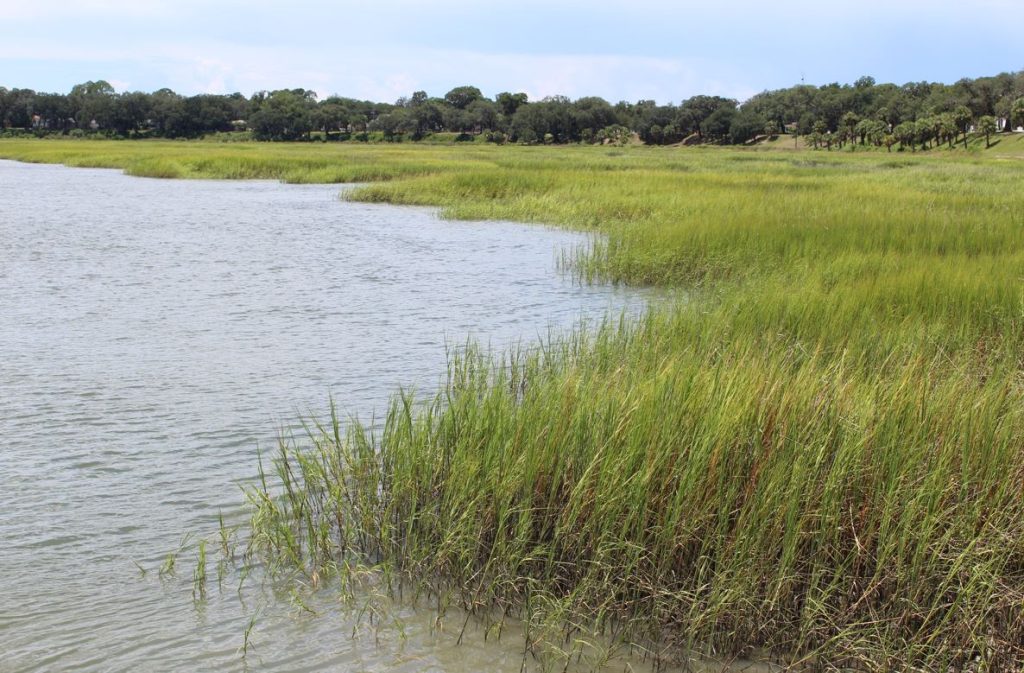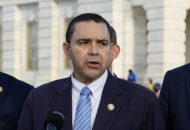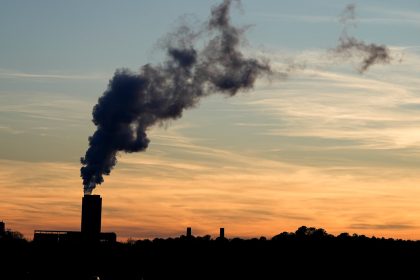President Lays Out New Steps for Protecting Nation’s Waters

WASHINGTON — The Biden administration on Tuesday set out a new national goal for conserving and restoring the United States’ freshwater resources, including 8 million acres of wetlands and 100,000 miles of rivers and streams.
Officials unveiled the plan as state, tribal and local leaders from across the country convened at the White House for the latest of the administration’s water summits.
To advance its national freshwater protection goals, the administration also launched a new initiative on Tuesday inviting tribes, interstate organizations, and state and local governments to adopt their own policies and strategies for conserving freshwater systems within their reach.
Already over 100 inaugural members from across the country have signed on to be part of the America the Beautiful Freshwater Challenge and support freshwater restoration in their communities, including 10 states, eight tribes and 24 local governments.
At present, roughly half of tribal households lack access to clean drinking water or adequate sanitation.
As part of Tuesday’s summit, the Department of Health and Human Services’ Office of Indian Health Services and the Department of the Interior’s Bureau of Reclamation announced they are investing over $1 billion to address that problem.
The money — roughy $700 million from IHS and $320 million from the Bureau of Reclamation — will be used to accelerate the delivery of drinking water and community sanitation infrastructure projects on Native American lands.
In addition, the two agencies have signed a Memorandum of Understanding to leverage the bureau’s engineering capacity to accelerate the completion of tribal water projects.
Despite their critical importance to both people and nature, the United States’ freshwater resources are at increased risk. Through 2019, the U.S. wetlands loss rate increased 50% over the prior decade, according to the White House.
And that was before the U.S. Supreme Court’s May 2023 ruling in Sackett v. Environmental Protection Agency, in which a unanimous court held that the Clean Water Act extends only to wetlands that have a continuous surface connection with “waters” of the United States, dramatically reducing federal protections for wetlands in the process.

“President Biden understands that securing clean water for all people means conserving and restoring our rivers, lakes, wetlands and streams,” said Brenda Mallory, chair of the White House Council on Environmental Quality, in a statement provided by the White House.
“Now is the time to work together to use all the tools and resources available — at the national, state and local level — to protect waters that are under threat,” Mallory added.
In other news from the White House Water Summit, the Interior Department announced it is committing an additional $11 million from the Bureau of Reclamation’s WaterSMART program to make Western communities more resilient to climate change and address the ongoing megadrought across the region.
As part of the administration’s Get the Lead Out Partnership, the Great Lakes and St. Lawrence Cities Initiative is partnering with three of its members — Chicago, Illinois, Detroit, Michigan, and Milwaukee, Wisconsin — to launch the Great Lakes Lead Pipes Partnership, which the White House described as a first-of-its-kind, mayor-led effort to accelerate lead pipe replacement in cities with the heaviest lead burdens.
Many of the estimated 9 million lead pipes remaining in the United States are concentrated in Great Lakes metropolitan areas. This partnership will provide a collaborative forum for Great Lakes big cities to share emerging best practices to encourage faster, more equitable replacement programs and overcome common challenges, including by reducing per pipe replacement costs, improving community outreach and spurring water workforce development.

The Interior Department also announced it is commiting more than $70 million in bipartisan infrastructure law funding for 43 projects in 29 states that will address outdated or obsolete dams, culverts, levees and other barriers to the nation’s rivers and streams.
Meanwhile, the Department of Housing and Urban Development published the Federal Flood Risk Management Standard final rule to help communities prepare for and reduce flood damage.
This rule aims to strengthen building standards by increasing elevations and floodproofing requirements of properties in areas at risk of flooding, where federal funds are used to develop or provide financing for new construction and substantial improvement within the FFRMS floodplain.
Finally, the National Oceanic and Atmospheric Administration is allocating $123 million for state and territorial coastal management programs and national estuarine research reserves to support habitat restoration and conservation.
Within this investment, $36 million will be designated for projects being carried out in partnership with or directly by tribes and Native Hawaiians, including reacquisitions and restoration of ecological and culturally significant ancestral lands. This investment will help to protect critical resources for coastal habitat restoration, create new jobs and boost resilience to extreme weather events across our nation’s coastal communities.
The White House said the water investments are just one part of the administration’s overall effort to build a stronger and healthier future for all Americans.
On Monday, to kick off the observance of Earth Week, Biden announced the launch of ClimateCorps.gov as well as $7 billion in awards through the Environmental Protection Agency’s Solar for All program.
On Wednesday, the administration is slated to unveil new steps it plans to take to accelerate the nation’s transition to a clean transportation future; on Thursday the focus will be on steps to cut pollution from the power sector while strengthening America’s electricity grid; and on Friday the administration will announce a series of initiatives to provide cleaner air and healthier schools for all children.
Dan can be reached at [email protected] and @DanMcCue

























